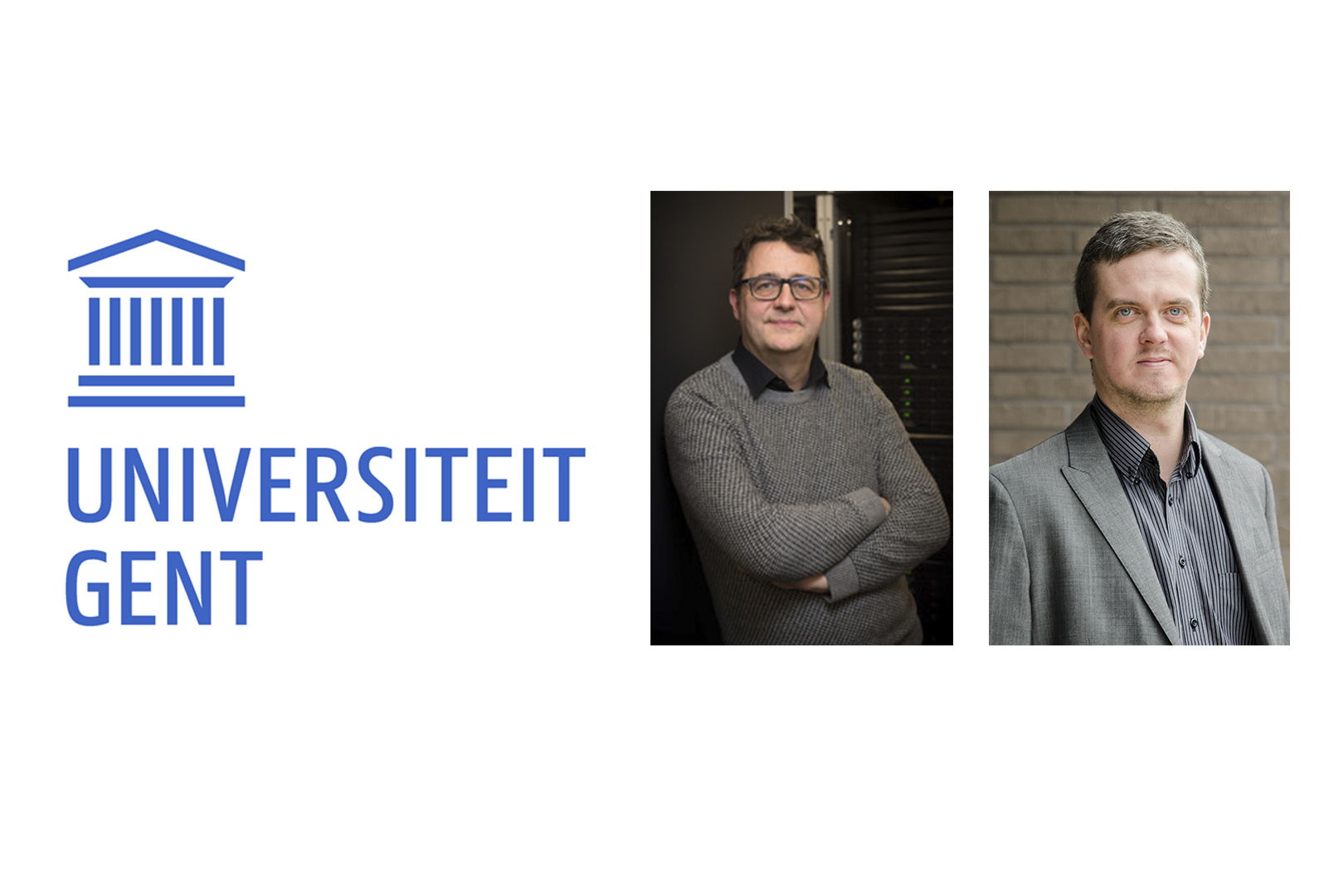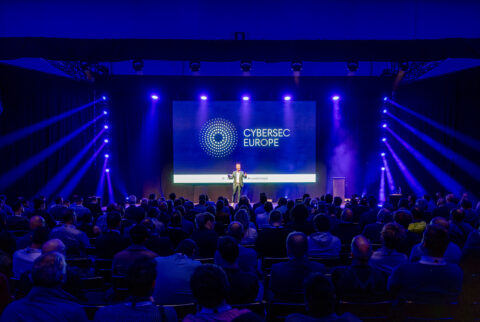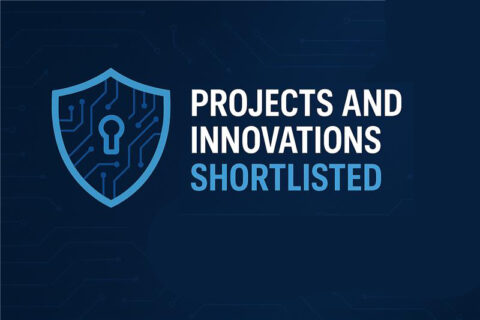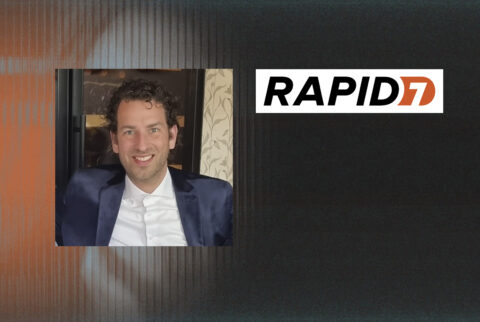Understanding Cybersecurity Today: Threats, Trends, Education, and Innovation
In an era where digital infrastructure supports nearly every facet of our personal and professional lives, cybersecurity is no longer a back-office concern—it’s a strategic priority. The attack surface is expanding rapidly, threats are becoming more sophisticated, and both public and private institutions must stay ahead of the curve. In this article, we delve into some of the most urgent challenges in cybersecurity, explore the trends shaping the industry, highlight how academia is contributing to future-proofing our defenses, and explain why events like Cybersec Europe are indispensable for industry collaboration and innovation.
The Rising Threat of Complexity in Cybersecurity
One of the most pressing cybersecurity challenges today is the increasing complexity of modern software environments. A single application can comprise numerous services, blending in-house development with third-party dependencies. These services may operate across varied environments—from edge computing devices to private data centers and public clouds. Monitoring and managing this ecosystem requires deep observability across multiple layers of the network and software stack. This complexity significantly hampers the ability to detect and respond to cybersecurity threats, making it critical to invest in tools and practices that offer comprehensive visibility and control.
AI, Geopolitics, and Regulation: Key Trends Shaping the Cybersecurity Landscape
The cybersecurity landscape is undergoing a dramatic transformation, driven in large part by the rapid adoption of artificial intelligence (AI). While AI enables new defenses, it also equips malicious actors with tools like deep fakes and AI-generated exploit code. Compounding the issue, global geopolitical instability—such as the war in Ukraine—has elevated cybersecurity to a national security priority. Critical infrastructure, from energy grids to communication systems, is now a battlefield. At the same time, regulatory efforts in Europe are intensifying. Frameworks such as the NIS2 Directive and the Cyber Resilience Act (CRA) are compelling organizations to strengthen their security posture, particularly those operating critical services and infrastructure. These shifts underscore the need for a proactive, rather than reactive, approach to cybersecurity.
Educating the Next Generation of Cyber Defenders
At Ghent University (UGent), cybersecurity is more than a research domain—it’s a strategic educational priority. The Master of Science in Computer Science Engineering program now includes a cybersecurity major. This curriculum covers essential topics such as software hacking and protection, network security, and secure software systems. By providing students with both theoretical foundations and hands-on experience, UGent ensures graduates are well-equipped to address modern cybersecurity challenges. This educational initiative not only bolsters the talent pipeline but also strengthens the broader security ecosystem.
Why Cybersec Europe is a Must-Attend Event for the Cybersecurity Community
Cybersec Europe stands out as a pivotal gathering for professionals navigating an ever-evolving cybersecurity landscape. With AI accelerating the pace of change, staying informed about cutting-edge solutions and innovations is more important than ever. Events like Cybersec Europe offer unique value: they provide a platform to meet promising start-ups, test the credibility of vendors beyond polished marketing materials, and foster meaningful partnerships. For research institutions, such events are an opportunity to showcase groundbreaking work and to connect with companies that can help translate academic innovation into real-world applications. Whether you’re looking to keep pace with technological change, scout talent, or form strategic collaborations, Cybersec Europe is an essential touchpoint.












